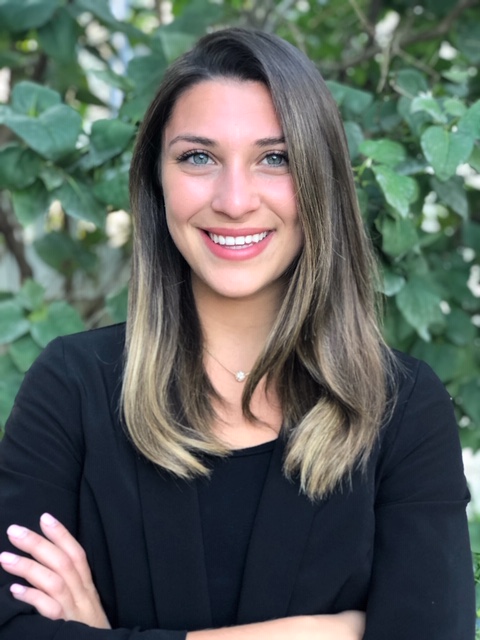Neuroscience
(PS4-96) Relating Parental Neural Buffering to Parental Accommodation of Anxiety
- EK
Elizabeth R. Kitt, M.S.
Graduate Student
Yale University
New Haven, Connecticut, United States - AB
Alexis Broussard, B.A.
Graduate Student
University of Pennsylvania
New Haven, Connecticut, United States - SZ
Sadie Zacharek, B.S.
Graduate Student
MIT
Cambridge, Massachusetts, United States 
Cristina L. Nardini, M.A. (she/her/hers)
PhD Candidate
Fordham University
Hoboken, New Jersey, United States- GH
Grace Hommel, LCSW
Postgraduate Associate
Yale University
New Haven, Connecticut, United States - MB
Maya Barr, B.A.
Graduate Student
PGSP-Stanford PSY. D. Consortium
New Haven, Connecticut, United States - GW
Gillian Weeks, B.A.
Postgraduate Associate
Yale University
New Haven, Connecticut, United States - AM
Alison Magnotti, M.A.
Research Assistant
Yale University
New Haven, Connecticut, United States - PO
Paola Odriozola, Ph.D.
Postdoctoral Scholar
University of California, Los Angeles
Los Angeles, California, United States - CM
Carla E. Marin, Ph.D.
Assistant Professor
Yale University
New Haven, Connecticut, United States - WS
Wendy K. Silverman, ABPP, Ph.D.
Alfred A. Messer Professor of Child Psychiatry
Yale School of Medicine Child Study Center
New Haven, Connecticut, United States 
Eli R. Lebowitz, Ph.D.
Associate Professor
Yale Child Study Center
New Haven, Connecticut, United States
Dylan G. Gee, Ph.D.
Associate Professor Tenure
Yale University
New Haven, Connecticut, United States
Author(s)
Co-Author(s)
The vast majority of parents of anxious children report engaging in parental accommodation of anxiety, which contributes to the maintenance and long-term worsening of children’s anxiety. While parental accommodation is common in families with anxious youth, no study to date has examined neural patterns associated with these behaviors. Examining how parental modulation of neural fear responding translates into treatment-relevant patterns of accommodation could point to important treatment targets. 206 children (Mage=8.97, SD=1.77) with primary anxiety disorders completed an event-related fMRI task measuring neural reactivity to threat while alone in the scanner room (“Parent-Absent condition”) and while their parent was physically present holding their child’s hand (“Parent-Present condition”). Their parents completed the Family Accommodation Scale—Anxiety. Analyses controlled for child sex, age, and task condition order (counterbalanced across participants). Whole-brain analyses revealed that parental accommodation was positively associated with right dorsolateral prefrontal cortex (dlPFC) activation to threat in the Parent-Present versus Parent-Absent condition (79 voxels; peak x,y,z=46,40,28; Z=4.28, p corrected< .05). Regardless of accommodation, children showed greater connectivity between the left amygdala and right dlPFC (74 voxels; peak x,y,z=30,36,26; Z=4.29, p corrected< .05) in the Parent-Present versus Parent-Absent condition. Contrary to hypotheses, accommodation was not associated with alterations in amygdala connectivity for the Parent-Present versus Parent-Absent conditions. Within clinically anxious children, parental accommodation was associated with elevated parental facilitation of dlPFC activation. However, all children showed elevated parental facilitation of dlPFC-amygdala connectivity, regardless of accommodation. These results indicate a potential pathway by which accommodation relates to children’s anxiety regulation and may point to specific targets for treatment for childhood anxiety.

.png)
